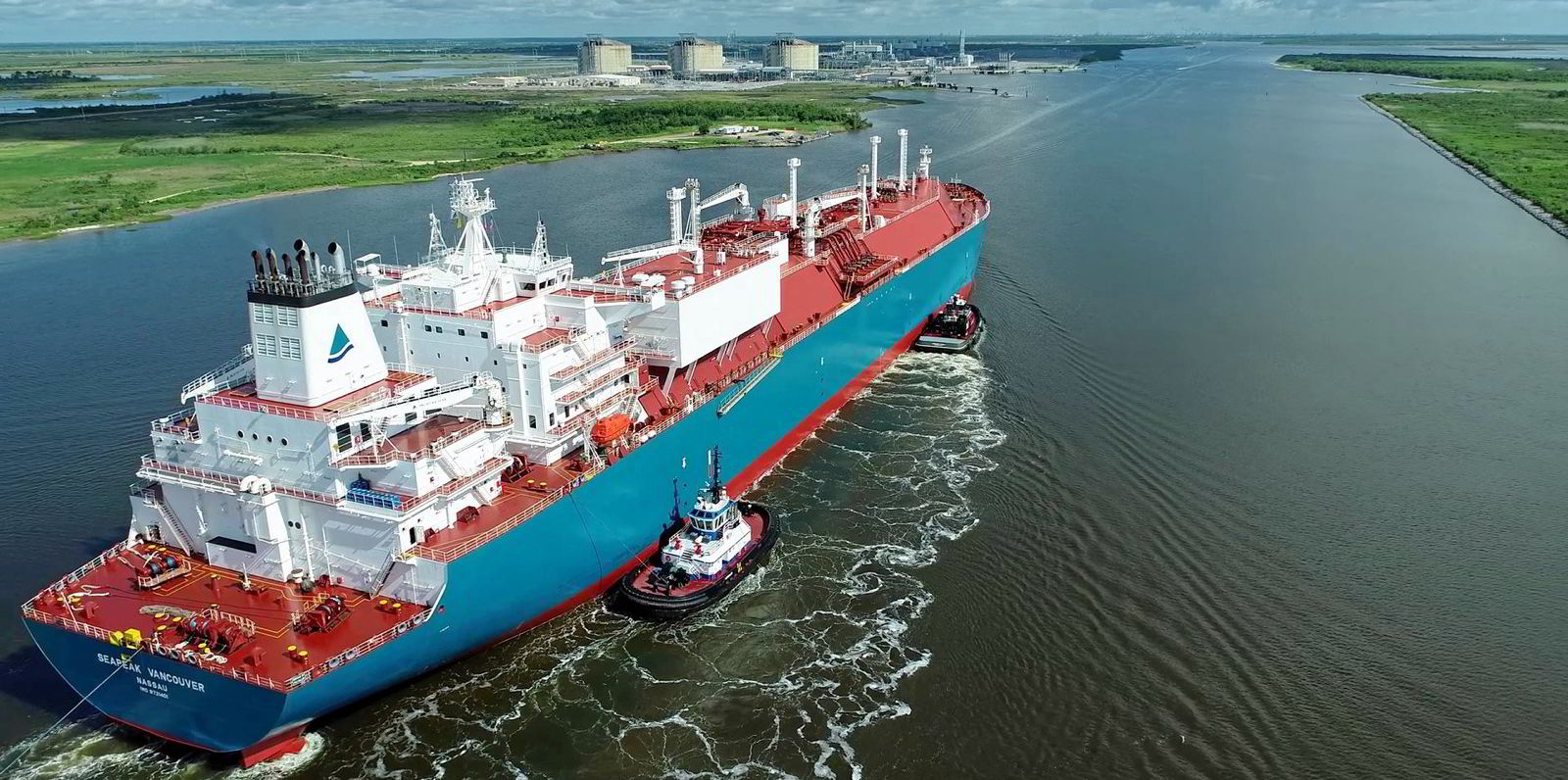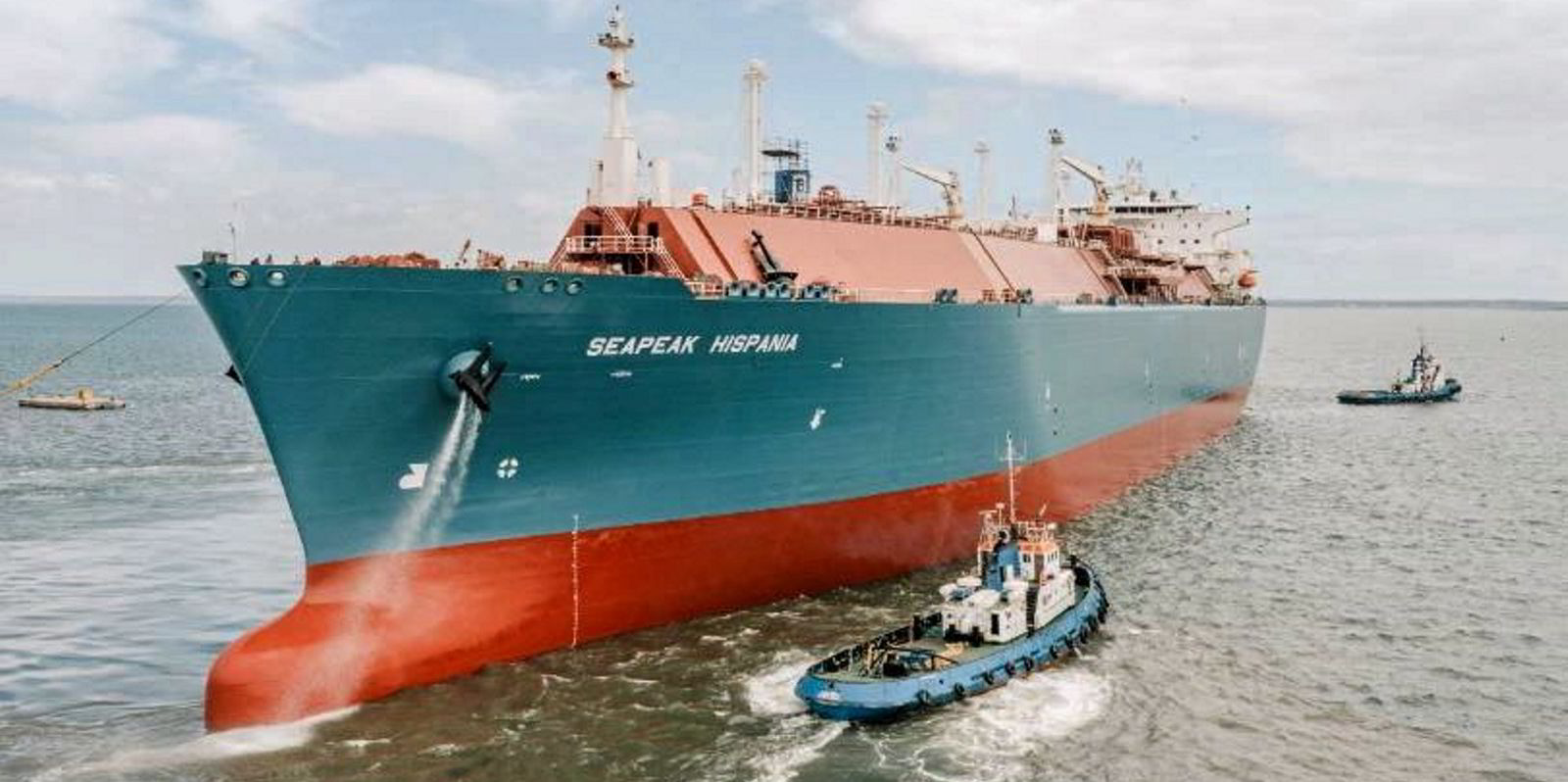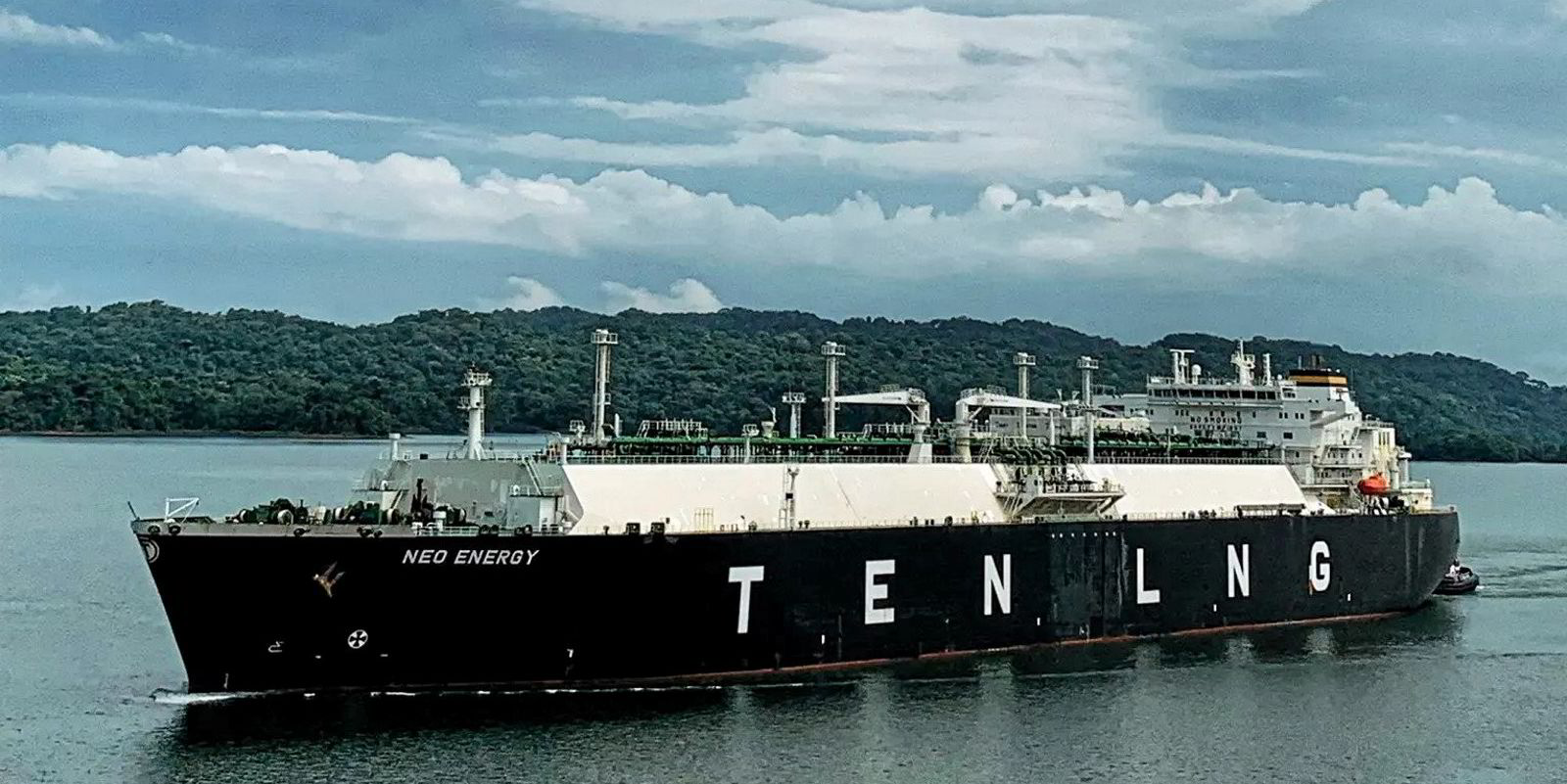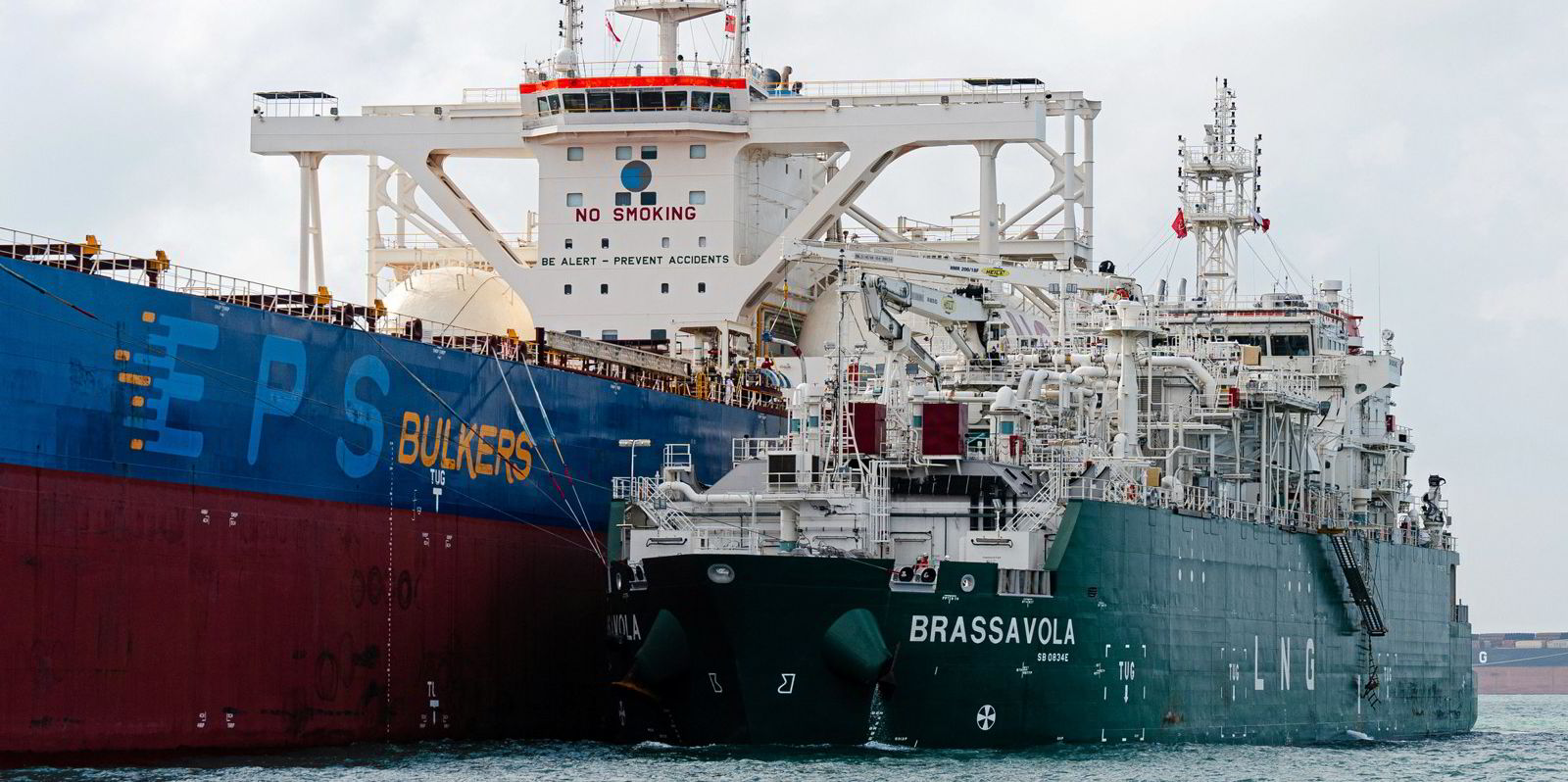Gas shipowner Seapeak is looking at its fleet renewal options as it considers how to grow and transition its business.
In its environmental, social and governance report for 2023 the company said that under its renewed mandate for growth from owner Stonepeak it is looking for new projects, innovation or investments that can further enhance the maritime transition to a low-carbon future.
“Possibilities include new technologies such as carbon capture, renewable energy, purchasing higher performing vessels while retiring older and less efficient ones, among other options,” the company said.
In 2024, Seapeak stated that it will explore the potential to join the Oil and Gas Methane Partnership and the Sea Cargo Charter.
The company also plans to create an alternative fuels road map in preparation for the incoming FuelEU Maritime regulations.
Seapeak, which was bought out by Stonepeak in early 2022, has ownership interest in a fleet of 92 LNG and other gas carriers which primarily operate under long-term contracts.
The company also owns a 30% stake in the Bahrain LNG regasification terminal.
Seapeak slimmed its CO2 emissions from its 37-vessel LNG carrier fleet by over 3% in 2023, down at 3,095,803 tonnes from 3,203,180 tonnes in 2022.
But CO2 emissions for the company’s 16-ship natural gas liquids (NGL) fleet rose by almost 9% to 313,260 tonnes from 287,162 tonnes in the previous 12 months.
Seapeak said the rise was due to the increased consumption of very low sulphur fuel oil on two very large ethane carriers which were conducting longer voyages from the US to the Far East via the Cape of Good Hope.
“This avoided congestion in Panama Canal and using liquid fuel allowed charterers to maximise cargo outturn,” the company said.
Seapeak reduced the Energy Efficiency Operation Indicator on both fleets in 2023 with LNG down at 24.54 from 24.94 in 2022 and NGL at 29.79 from 30.1 a year earlier.
In its report, Seapeak president and chief executive Mark Kremin described 2023 as a “turbulent” year, citing the continued fallout from Russia’s invasion of Ukraine and the disruption of maritime trade in the Suez Canal.
Kremin said Seapeak recognises “the pivotal role of LNG as a transition fuel” in that it offers a cleaner alternative to traditional fossil fuels such as coal, cuts greenhouse gas emissions and supports global efforts to combat climate change.
But he added that the company acknowledges its impact on methane emissions releases.
Last year, Seapeak joined the Methane Abatement in Maritime Innovation Initiative.
This year an Emsys methane measurement tool will be installed on board a Seapeak LNG vessel.
Seapeak said this uses a laser sensor which reacts far quicker than traditional continuous emissions monitoring systems type instruments and enables multiple engines to be monitored from a single system.
“We are committed to addressing these challenges through rigorous monitoring, mitigation efforts and collaboration with industry partners to minimise our environmental footprint,” Kremin said.
The company launched its global diversity, equality and inclusion policy in 2023 and mandated training for all employees.
Seapeak employs 2,886 people. Of the company’s 312 onshore staff, 117 managers are men and 25 are women.
Offshore, 1.7%, or 44, of Seapeak’s seafarers are women, as are 2%, or 27, of its 1,295 officers. The company is sponsoring 12 female cadets.









